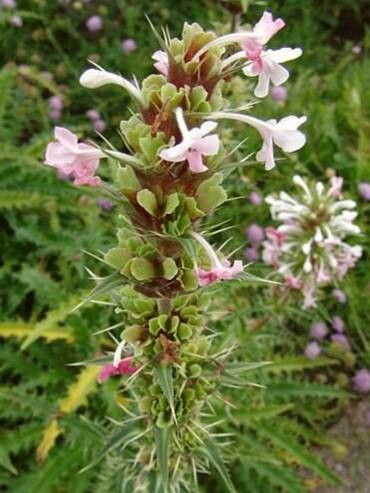Unveiling the Secrets of Propagating the Whorlflower Beauty: A Guide to Morina longifolia
The Morina longifolia, with its elegant spires of fragrant, whorled blooms, is a sight to behold. This Himalayan native, also known as the whorlflower, adds a touch of exotic charm and architectural intrigue to any garden. But venturing beyond admiring its beauty, have you ever wished to multiply these stunning specimens in your own backyard? While not the easiest plant to propagate, mastering the techniques of propagating Morina longifolia can be a rewarding endeavor for the passionate gardener.
Let’s explore the two main methods for propagating this fascinating plant:
1. Seed Propagation: A Test of Patience
Morina longifolia can be grown from seed, but be prepared for a potentially lengthy process. Fresh seeds offer the best chance of success, ideally sown soon after they are collected in autumn. Here’s how:
- Sowing: Use a well-draining seed compost, sowing the seeds thinly and covering them lightly.
- Conditions: Maintain a cool, humid environment. A cold frame or an unheated greenhouse is ideal.
- Germination: Germination can be erratic, taking anywhere from a few weeks to several months or even the following spring.
- Patience is Key: Don’t be disheartened by slow progress. Keep the seed tray moist but not soggy and continue to provide cool temperatures.
Important Note: Seeds collected from your own plants might not come true to the parent, potentially offering a delightful surprise in variations of flower color or plant habit.
2. Basal Cuttings: A More Reliable Approach
Taking basal cuttings in late spring offers a more controlled and often faster method for propagating Morina longifolia. Follow these steps:
- Timing is Crucial: Take cuttings just as the new growth emerges from the base of the plant in spring.
- Select Healthy Shoots: Choose strong, healthy shoots and cut them cleanly at the base using a sharp, sterilized knife or pair of secateurs.
- Prepare the Cuttings: Trim each cutting to about 3-4 inches, removing the lower leaves to prevent rotting.
- Hormone Power: Dip the cut end in rooting hormone powder to encourage faster root development.
- Potting Mix: Plant the cuttings in a well-draining mix, such as a blend of peat, perlite, and vermiculite.
- Moisture and Warmth: Keep the cuttings consistently moist and maintain a warm environment. A propagator or covering the pots with a clear plastic bag can help create a humid microclimate.
Nurturing Your New Propagations
Once your seedlings or cuttings show signs of new growth, it’s a good indication that roots have developed. Gradually acclimatize them to outdoor conditions before planting them in their permanent positions.
Tips for Success:
- Well-Drained Soil is Crucial: Morina longifolia thrives in well-drained soil and dislikes overly wet conditions, especially during winter.
- Sunlight is Key: Choose a sunny location for your plants to receive at least 6 hours of direct sunlight each day.
- Divide and Conquer: Overcrowding can hinder growth. Divide established plants every few years in spring or autumn to maintain their vigor and create more plants.
Propagating Morina longifolia requires a touch of patience and a keen eye for detail. But the rewards are well worth the effort. By mastering these techniques, you can enjoy the captivating beauty of the whorlflower for years to come, witnessing their unique charm spread throughout your garden.
